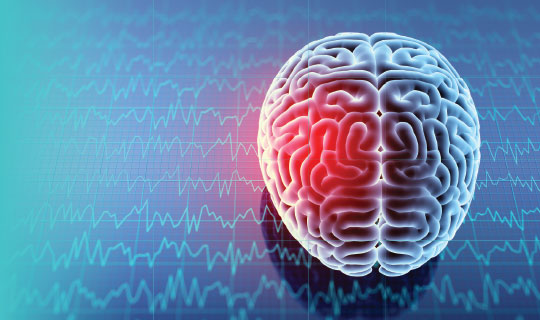 Ect Is An Option For Some Mental And Physical Disorders.
Ect Is An Option For Some Mental And Physical Disorders.
There’s a highly effective treatment for severe depression, mania, catatonia, and even the agitation of dementia—but many patients and their families don’t know it’s available.
The treatment is electroconvulsive therapy, known as ECT, in which a patient under anesthesia receives a small electrical stimulation of the brain that results in a brief, controlled seizure. The treatment alters brain chemistry and connections in ways that often bring about rapid relief for the patient.
ECT is now available at Clara Maass Medical Center as part of a new initiative headed by Robert Greenberg, MD, Electroconvulsive Therapy Medical Director for the RWJBarnabas Health (RWJBH) system and a member of RWJBarnabas Health medical group.
“I like to tell people if ECT were invented today, it would be considered a miraculous treatment and far more widely used than it is today,” Dr. Greenberg says. “Unfortunately, a stigma has become our job to break through that stigma.”
A First-Line Treatment
ECT has shown dramatic results since it was introduced in 1938, but the early forms of the treatment produced severe side effects. “It was unmodified, meaning that patients would have vigorous motor seizures,” explains Dr. Greenberg.
Those side effects contributed to a negative view of ECT. As psychoanalysis and pharmacology became popular front- line treatments for depression, ECT moved down the priority list of options. That evolution, in addition to phrases like “shock treatment” and Hollywood dramatizations, led to a stigma against ECT.
But research has continued to improve ECT treatment. Motor seizures, for example, were eliminated. “We don’t want or need
the physical motor seizure that you typically think of with a seizure,” Dr. Greenberg says. “We just want the electrical activity going on in the brain.”
Today, patients are given sleeping medication and a muscle relaxant to limit body movement during the procedure, and individualized brief pulses of electrical stimulation are delivered through the scalp.
Patients typically undergo a course of six to 12 treatments, two or three times a week, and may feel benefits after just one or two. Side effects can include headaches immediately after the procedure and the loss of some memories formed around the time of the procedure.
The process can be done in a few hours, on an inpatient or outpatient basis. ECT is generally covered by insurance, including Medicare.
“ECT is reserved for serious depression and related disorders, especially among the elderly or those who prove resistant to drug therapy,” says Dr. Greenberg. It can also be used on a less-frequent or tapering basis by patients to maintain their improved condition, he says.
“It should never be considered a treatment of last resort,” says Dr. Greenberg. “ECT is a treatment that should be, and
is, the first-line treatment whenever rapid, definitive treatment is needed.”
For information or to schedule an appointment with Dr. Greenberg, call 973.322.0220.